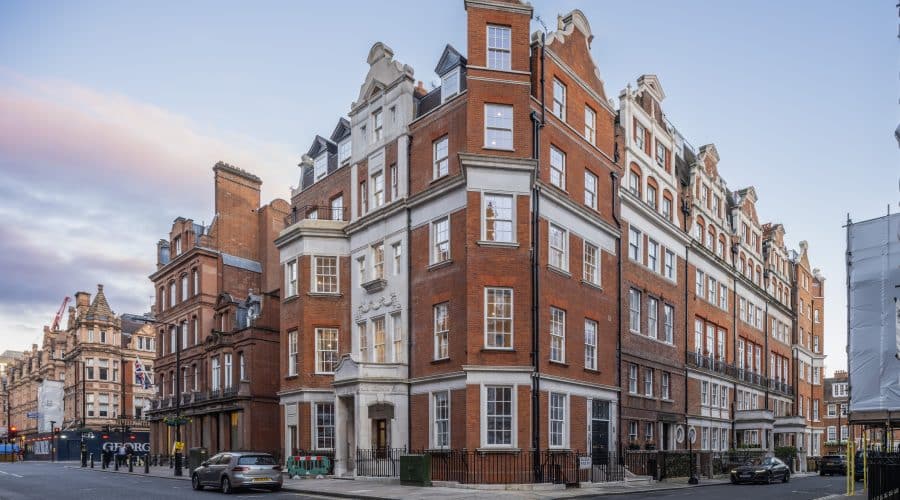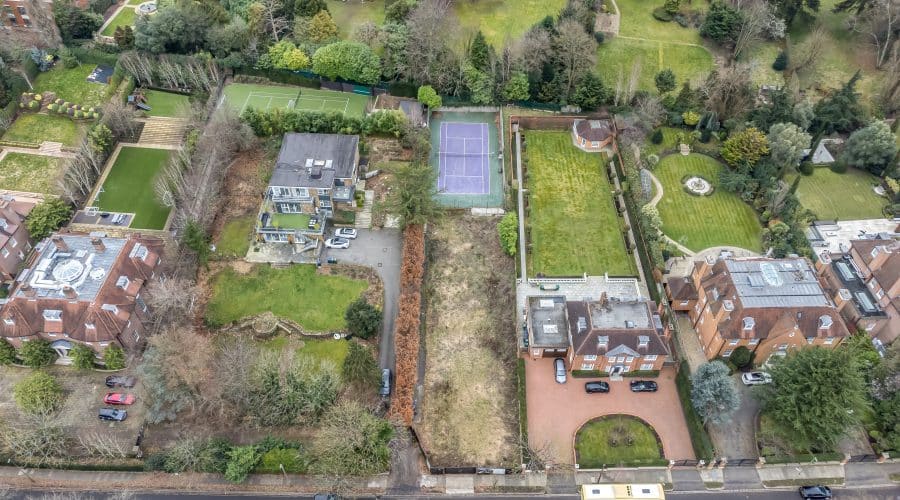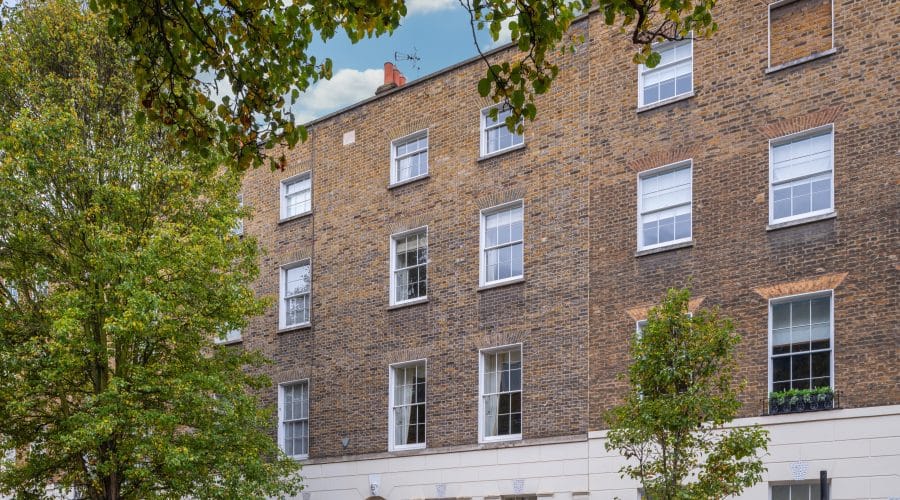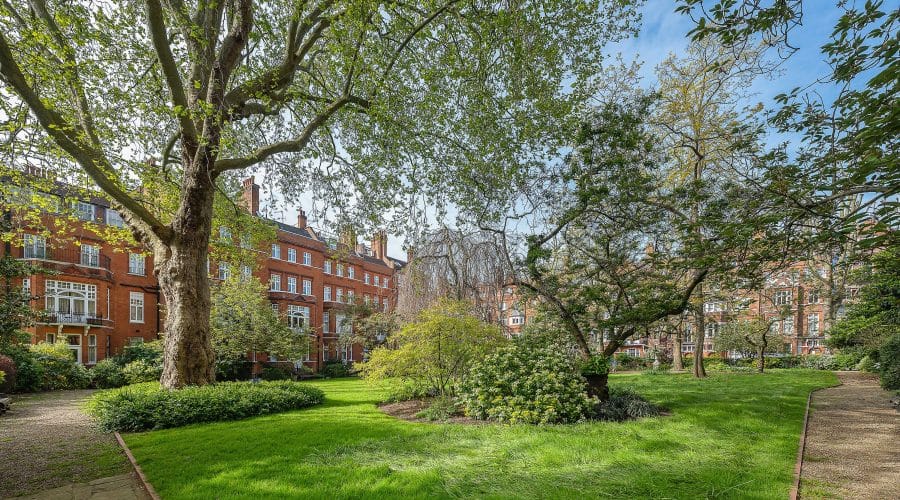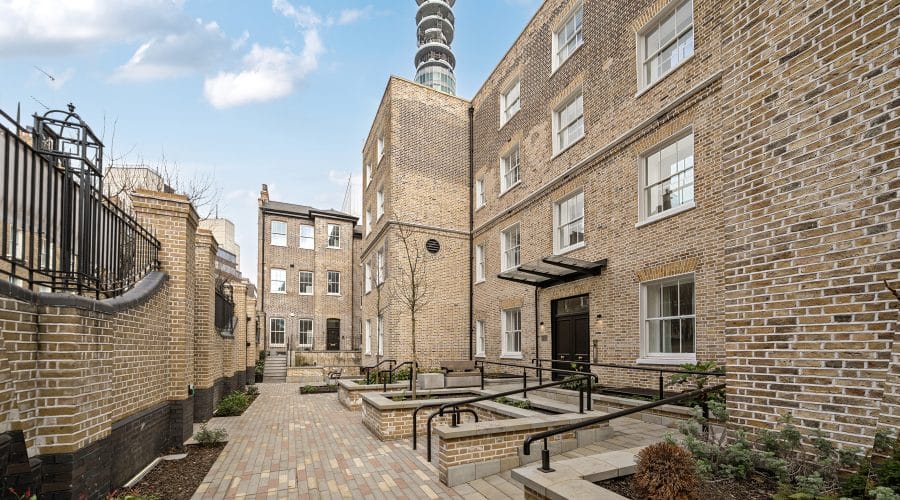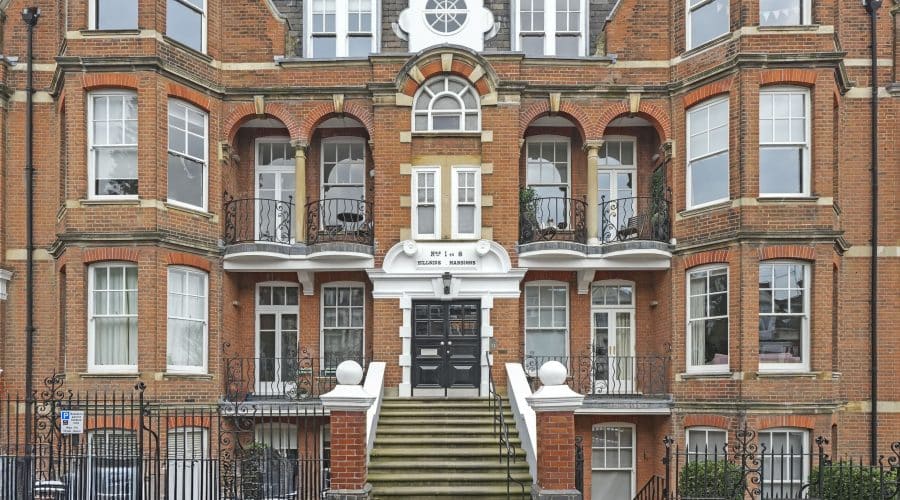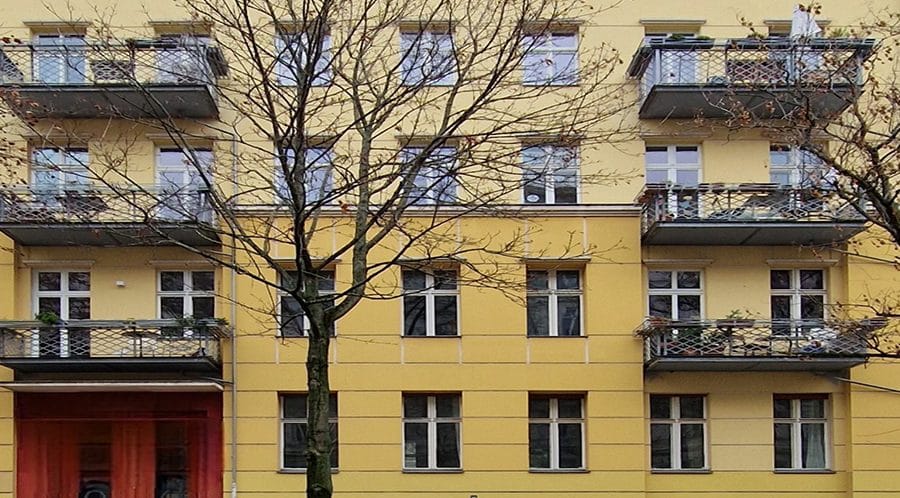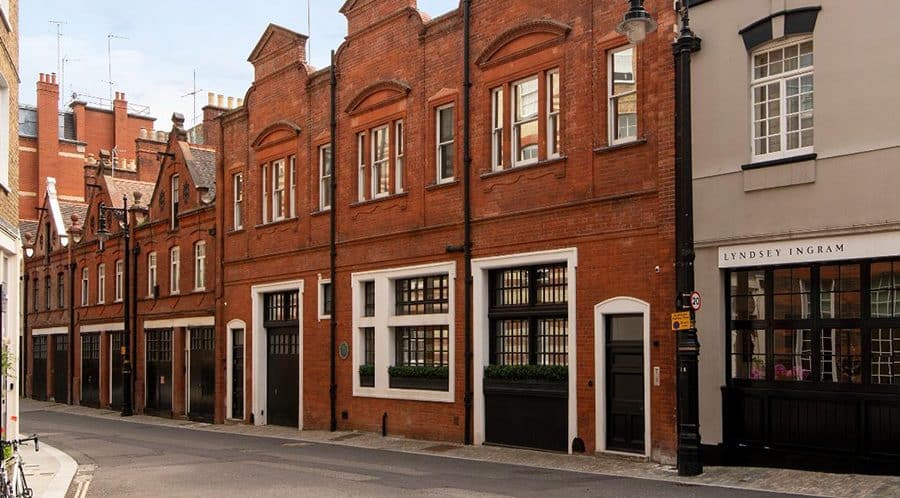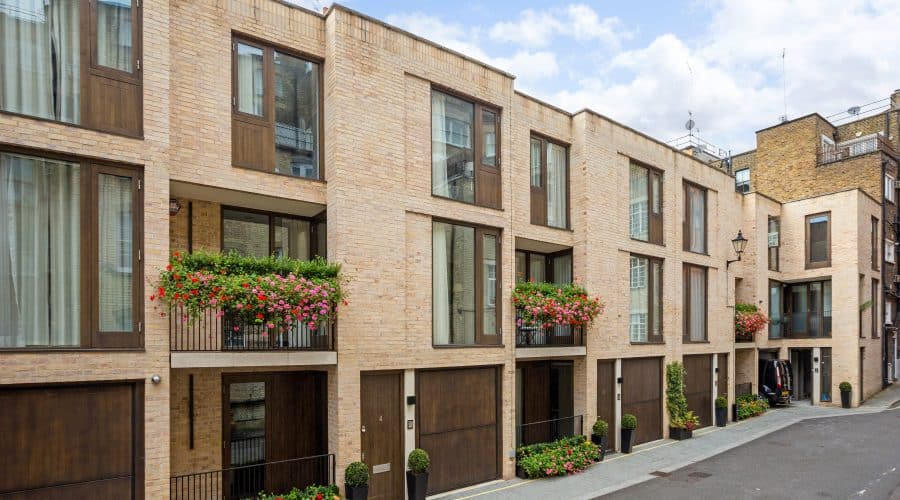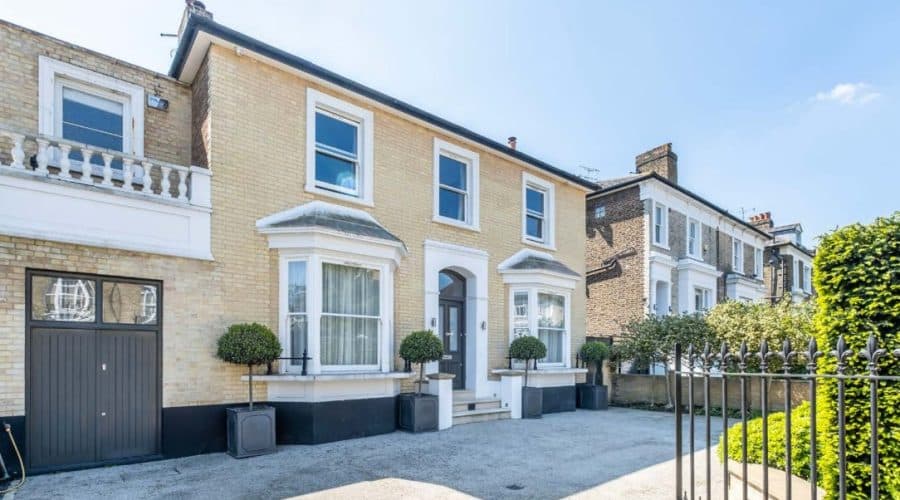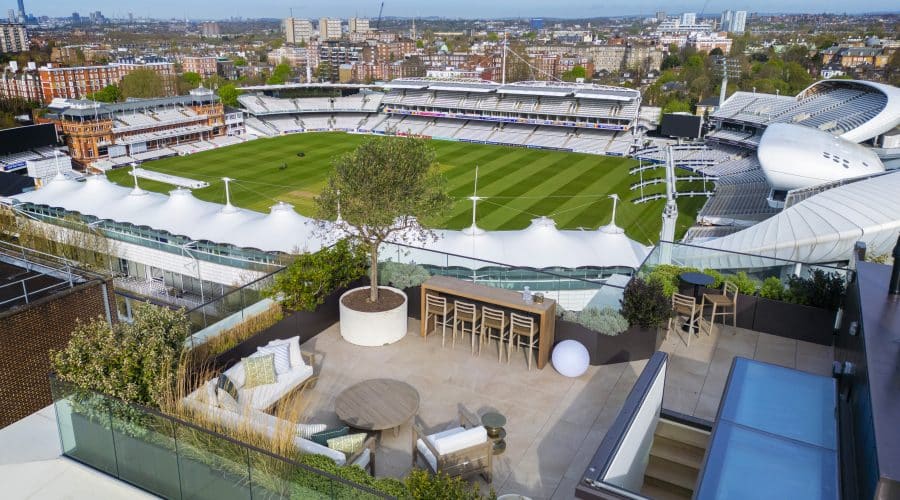By Jayne Dowle
Wealth drivers — people with executive jobs — have long influenced house price growth. Now we reveal where they’re moving to next
If you want to follow the money, head to Dartford in Kent, Waltham Forest on the Essex borders, Trafford in Greater Manchester or Rushcliffe near Nottingham.
While gilt-edged London boroughs such as Kensington and Chelsea and Richmond upon Thames still attract the seriously wealthy, research from Savills finds some unlikely England and Wales hotspots where high-earners are making a huge impact on house prices.
Pulling together information from the 2021 national census and Land Registry house prices over the past ten years, the estate agency has focused on how an influx of “wealth drivers” (identified as managers, directors and senior officials, plus those in professional occupations) correlates to house price gains.
“Why did we do it? Because it’s a once in a decade opportunity to get your hands on this data,” says Lucian Cook, the report author and head of residential research for the estate agency. “The census is a really useful snapshot of household income. We’re already aware of some of the trends, but connecting the data with sold house prices allows you to investigate. It really tells us about the housing market and people’s life choices.”
Posh
Four London locations — the City of London, with 65 per cent of residents classed as high-earning, paying an average of £828,113 for a home; Richmond upon Thames (55 per cent, £976,160); Kensington and Chelsea (54 per cent, £2,409,454); and Westminster (53 per cent, £1,746,404) — top the locations with the largest concentration of wealthy residents. No surprises there then.
“These certainly are gilt-edged, although for different reasons,” says Guy Meacock, director of the buying agency Prime Purchase. “Kensington and Chelsea is London’s most cast-iron borough with a consistent density of high-income households and no weak spots; people will pay £50 million for one of the biggest houses on Upper Phillimore Gardens. It has enduring domestic appeal, although plenty of Americans are also interested.
“Westminster covers a wider cross-section of demographic and household income but includes top-end Belgravia and Mayfair — attractive to Middle Eastern buyers and ‘new money’.”
Meacock adds that the City of London is experiencing growth thanks to recent office-to-residential conversions creating handy pied-à-terres, and Richmond is a classic family favourite between town and countryside.
However, snapping at their well-shod heels is the city of Cambridge, fifth on the matrix of high-earners and high prices. As in Westminster, 53 per cent of homeowners in Cambridge are in the high-income bracket, but the average house price, at £557,714, is less than a third of that in the London borough — for now.
“In about the last four years we have seen a marked increase in buyers looking for houses in higher price ranges,” says Richard Freshwater, director of residential at the east of England estate agents Cheffins. “We have had a huge amount of people coming out of London — a lot attracted by the schooling and the fact that they can cycle to the station [the average rail journey time from Cambridge to London King’s Cross is an hour and 16 minutes]. However, it coincides with a massive change in the labour market. Increasingly, they are not having to go to their place of work every day.”
Getting posher
“When it comes to the rising ones in London, I could probably have told you without the data,” Cook says. “Less immediately obvious, boroughs such as Waltham Forest and Greenwich have seen quite significant increases, and so have Dartford, Bexley and Newham. London house prices are such that if people want to meet requirements for space, they will be pushed into areas they wouldn’t have previously considered buying in.”
Camilla Dell, managing partner at the buying agency Black Brick, says that a significant factor is lack of supply in better-established — but still, to some, outlying — family-oriented areas, such as Dulwich and Wimbledon. “The £2 million-plus market in Dulwich suffers from severely restricted supply, with many people staying for 20 to 30-year periods without moving,” she says.
However, it’s the Greater Manchester borough of Trafford — home to fancy, family-friendly Altrincham, Hale, Hale Barns and Bowdon — that tops Cook’s “Posh and Getting Posher” category, bringing together high-earners and impressive growth; 44 per cent here are top-flight professionals, a figure that has risen 28 per cent in a decade, underpinning a 73 per cent increase in house prices to an average of £417,306.
“The profile of the people I meet moving into the area reflects this,” confirms Philip Diggle, head of Gascoigne Halman’s Hale office. “But one key point is that I’m constantly acting for and finding properties for business owners. There’s a lot of entrepreneurial spirit in the north, people in control of their own destiny, rather than working for someone else.”
When it comes to a concentrated number of high-income households outside London and the South East (including Cambridge), Rushcliffe — centred on the Nottinghamshire town of West Bridgford — is highest, with 47 per cent, but its average house price remains a relatively modest £346,302.
“Until recently Rushcliffe wasn’t really on the radar, but the schools are good and it’s within easy striking distance to Nottingham city centre,” says Steven Gray, director of the local estate agency FHPLiving. “And the average house price hides some expensive properties — people are prepared to pay £625,000 for a Victorian semi with no parking.”
Cook also highlights Cardiff as gentrifying — more than a third (37 per cent) of residents are now classed as high-earners, a 19 per cent increase since 2011.
At £282,158, the average Cardiff house price also hides expensive individual homes. “The M4 corridor coming down towards Wales has been very busy,” says James Thomas, associate director at Savills in Cardiff. “And you can get to London [Paddington] from Newport by train in two hours — it’s really changed the way Cardiff is performing. We are lucky in that we have about six or eight suburbs that are really desirable, including Llandaff, Penarth and Cyncoed.”
Not so posh
Inevitably, Savills has also identified locations experiencing “entrenched challenges”, meaning less than 25 per cent of occupations are classed as high-earning, leading to subsequent low growth in house prices.
At the top is northeast Lincolnshire, where 21 per cent of residents are high-earning, representing a rise of 13 per cent over the past decade. In this period, house prices in local towns such as Grimsby and Immingham have risen by 38 per cent to a northeast Lincolnshire average of £160,528.
Tim Downing, director at the Lincolnshire-wide estate agency Pygott & Crone, says that recent opportunities — such as the offshore wind farm industry, the Freeport incorporating Immingham, Grimsby, Hull and Goole, and £20 million for Grimsby’s regeneration from the government’s Towns Fund — will help to turn this tide. “And going forward I would like to see a mainline service to London [from northeast Lincolnshire] and better train accessibility to Leeds and Sheffield,” he says.
Northeast Lincolnshire is followed by Bolsover in Derbyshire (23 per cent high-earners; £171,895 average house price) — handy for Sheffield and Leeds — and Walsall in the West Midlands (25 per cent; £213,391). All three areas have had a 13 per cent rise in high-earners since 2011.
Cook says that future activity depends on “whether the levelling up agenda can gain traction in these areas, because wealth is generated by employment”.
However, he predicts that the change in working patterns, with more people employed on an agile basis, will eventually lead to property searches over wider areas.
He singles out Exeter as a good example of this. “An area that piqued my interest in the South West, for example, is Exeter [where high-earning occupations have risen by 25 per cent in a decade, to 34 per cent of resident homeowners, rather than second-home owners]. The question is, does Exeter have the capacity to do a Bristol, where house prices have rocketed in the last ten years? It depends on the traction of higher-value earners. It might well be one to watch.”
